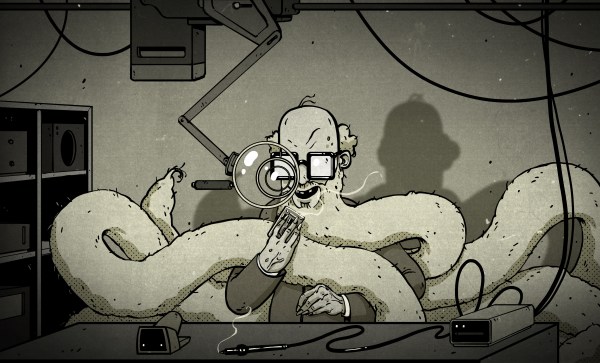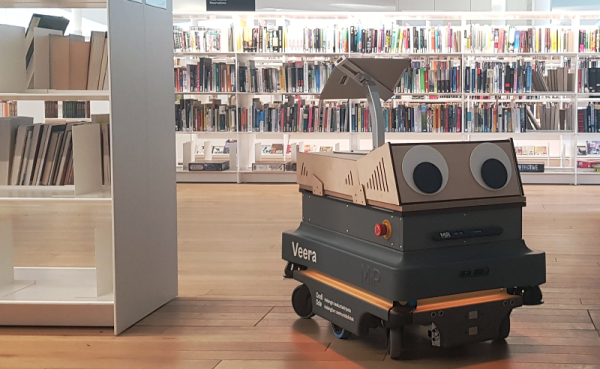Is history doomed to repeat itself? Or rather, is there really any doubt that it isn’t, considering recent events that made the news? I am of course talking about New Jersey’s call for COBOL programmers to fix their ancient unemployment system, collapsing under the application spikes caused by the COVID-19 lockdown. Soon after, other states joined in, and it becomes painfully apparent that we have learned absolutely nothing from Y2K: we still rely on the same old antiques running our infrastructure, and we still think people want to voluntarily write COBOL.
Or maybe they do? Following the calls for aid, things went strangely intense. IBM announced to offer free COBOL trainings and launched a forum where programmers can plug their skills and availability. The Open Mainframe Project’s COBOL programming course suddenly tops the list of trending GitHub projects, and Google Trends shows a massive peak for COBOL as well. COBOL is seemingly on its way to be one of the hottest languages of 2020, and it feels like it’s only a matter of time until we see some MicroCOBOL running on a Teensy.
However, the unemployment systems in question are unfortunately only a tiny selection of systems relying on decades old software, written in a language that went out of fashion a long time ago, which makes it difficult to find programmers in today’s times. Why is that?
Continue reading “COBOL Isn’t The Issue: A Misinterpreted Crisis”














